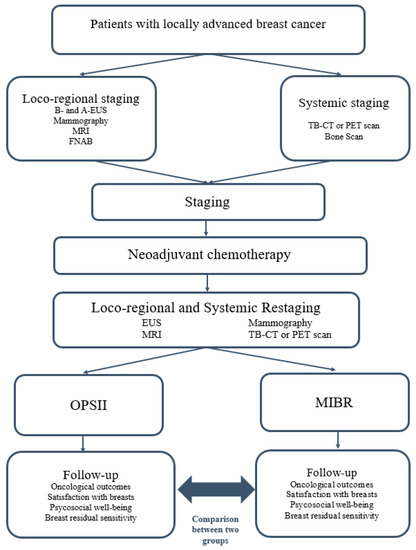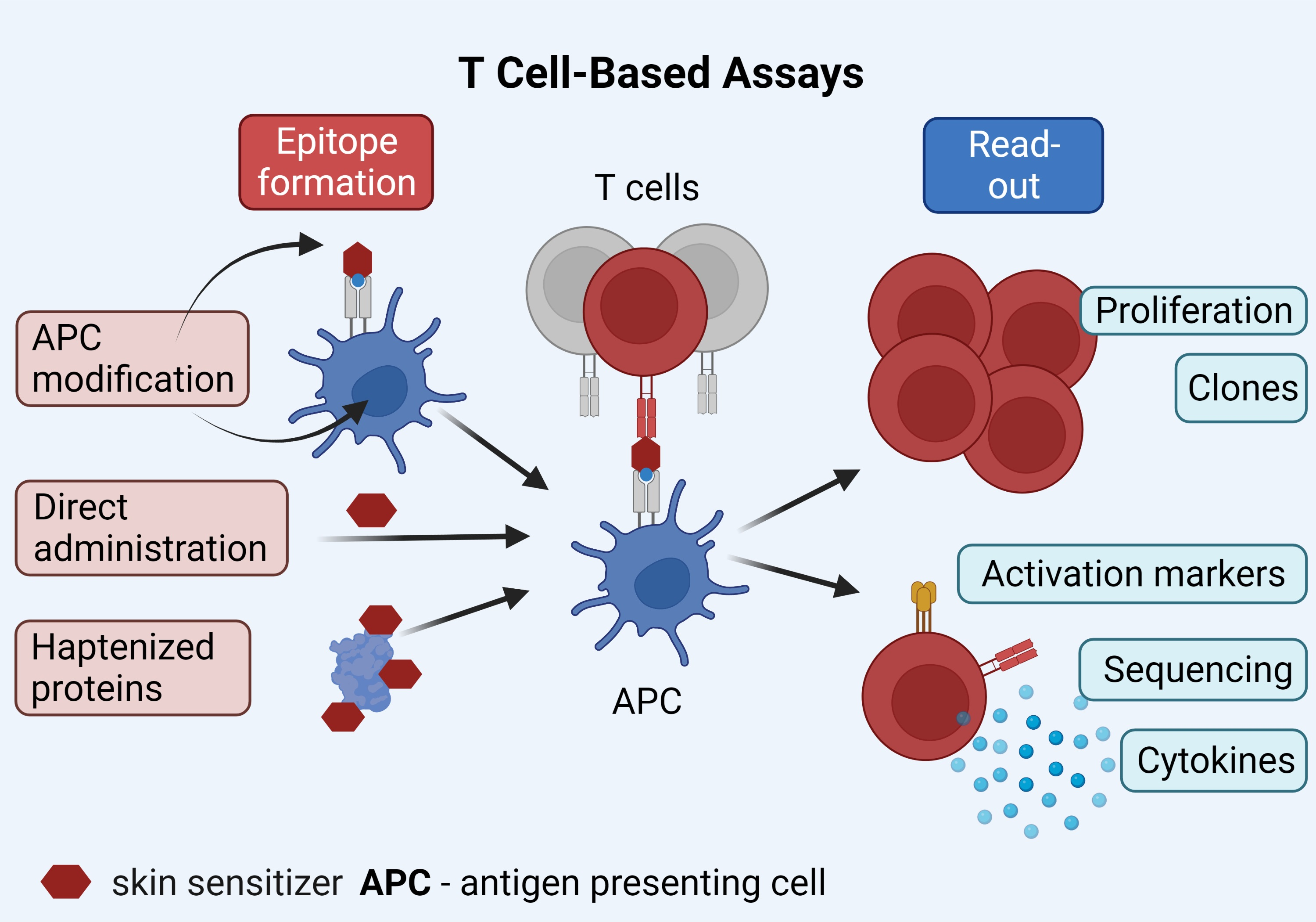colonoscopy tattooing protocol
Despite new ESGE guidelines that call for tattooing all lesions removed by polypectomy and EMR that will require future colonoscopy 3 most of these patients are not tattooed. The National Bowel Cancer Screening Programme guidelines advocate the use of endoscopic tattooing for suspected malignant lesions to assist in identification and facilitate laparoscopic resections9 Endoscopic tattooing practices are variable in endoscopic units.

Pdf Use Of The Aces Appearance Classification Enhanced Endoscopy And Safe Resection Algorithm For The Recognition And Management Of Malignant Polyps A Letter In Response To The Multi Society Task Force On Colorectal Cancer
The aim of this study was to determine the relationship.
. Despite several guidelines on bowel preparation being available their applicability in Italy is poorly investigated1 To create expert-based recomm. Conventional colonoscopic tattooing protocol recommends the injection with high volume and concentration of dye 10 ml solution containing the 25 mg of ICG as possible in 4 different locations near the tumor. The endoscopy report should designate where the tattoo is in relationship to the lesion.
When marking a benign colorectal lesion for resection at a later time it is best to tattoo 3 to 4 cm distal from the lesion or on the wall opposite the lesion due to the risk of perforation during EMR when the tattoo is under the lesion. The importance and need for standardised guidelines and. Endoscopic tattooing with diluted ICG is suggested as the optimal protocol total injected dose of 05 mg at 025 mg ml injected in doses of 1 ml at two separate sites F.
Rex of the Indiana University School of Medicine. Proper endoscopic marking during colonoscopy procedures can be a powerful ally in the fight against colon cancer. Tattooing precancerous polyps plays a very important role in colorectal surveillance and patient care.
The physician performs flexible colonoscopy of the proximal to splenic flexure and injects a substance into the submucosa directed at specific areas through the scope while viewing the colon. This protocol has been proposed as clear marking on early staged cancer which can be visualized easily by the operators naked eyes prior to using. National Center for Biotechnology Information.
There are no evidence-based guidelines to aid endoscopists in clinical practice. Endoscopic tattooing is the gold standard for localisation of the colorectal lesions. However tattooing for clinical surveillance adds value by speeding up localization and ensuring you are following the same tissue after its healed.
9 Endoscopic tattooing practices are variable in endoscopic units. In this video Dr. Furthermore there are still a number of issues with en.
The National Bowel Cancer Screening Programme guidelines advocate the use of endoscopic tattooing for suspected malignant lesions to assist in identification and facilitate laparoscopic resections. Marks hospital colonoscopic tattooing protocol stated that suspicious lesions should be tattooed with the exception of those in the caecum and within 20cmoftheanalvergethreetattoosshouldbeplaced120 apartcloseto the lesion and distal tolesions proximal tothe splenic. The gross localization of the tumor was challenging G.
Three tattoos should be placed 120 apart close to the lesion and distal to lesions proximal to the splenic flexure SpFlx. The tattooing agent is delivered by an injection needle advanced through the working channel of the endoscope9The needle should be inserted at an oblique angle to the bowel wall to avoid penetrating the serosa10Transmural injection may result in diffuse staining of the peritoneal surface. Preoperative endoscopic tattoo is becoming more important with the advent of minimally invasive surgery.
Current guidelines recommend tattooing of suspicious-looking lesions at colonoscopy without a reference to the size of the polyp. Tattooing should be strongly considered Especially important for laparoscopic resections. However the endoscopist has to make a judgement as to which lesion may be malignant and require future localisation based on the appearance and size of the polyp.
However the endoscopist has to make a judgement as to which lesion. Endoscopic tattooing ensures that a polyp can later be found easily in subsequent screenings or for surgery. Why do it.
Marking a cancer identified during a colonoscopy will help the surgeon locate and remove the cancer. Endoscopic tattooing is the gold standard for localisation of the colorectal lesions. Colonoscopy alone is inadequate.
The first step involves raising a submucosal bleb in the wall of the colon with 05 mL of saline followed by the injection of 5 mL of India ink into the bleb. In concordance with the national guidelines the st. For your patients it also ensures that any.
Current practices are variable and are operator-dependent. The lumen of the colon is visualized. Current guidelines recommend tattooing of suspicious-looking lesions at colonoscopy without a reference to the size of the polyp.
The physician inserts the colonoscope into the anus and advances the scope as far as the splenic flexure of the colon. Other times the gastroenterologist or surgeon will remove a. Suspicious polyps undergoing EMR Subsequent resectional surgery is deemed necessary after histological assessment Assists in the subsequent resection as there is no palpable visual or residual lesion after the EMR.
An 88 success rate of tattoos that accurately visua- lised and localised the tumour leading to successful tumour resection with appropriate proximal and distal margins and lymph node retrieval3Similarly in a prospective comparative clinical study by Arteaga-Gonzalez et al patients were separated. For example the report may note that 1 mL of Spot was placed. A denite separation between tumor and surroundings was seen using the NIR system H.

3 Things Your Patients Should Know About Endoscopic Tattooing Before The Colonoscopy

To My Son Lion Bronze Pocket Watch Pocket Watch Clock Gift Pocket Watch Tattoos

3 Things Your Patients Should Know About Endoscopic Tattooing Before The Colonoscopy

Pdf Use Of The Aces Appearance Classification Enhanced Endoscopy And Safe Resection Algorithm For The Recognition And Management Of Malignant Polyps A Letter In Response To The Multi Society Task Force On Colorectal Cancer

Cancers Free Full Text Level Ii Oncoplastic Surgery As An Alternative Option To Mastectomy With Immediate Breast Reconstruction In The Neoadjuvant Setting A Multidisciplinary Single Center Experience Html

Cells Free Full Text In Vitro Monitoring Of Human T Cell Responses To Skin Sensitizing Chemicals Mdash A Systematic Review Html

Pdf Use Of The Aces Appearance Classification Enhanced Endoscopy And Safe Resection Algorithm For The Recognition And Management Of Malignant Polyps A Letter In Response To The Multi Society Task Force On Colorectal Cancer

Pdf How Effective Is Indocyanine Green Icg In The Localization Of Malignant Pulmonary Nodules A Systematic Review And Meta Analysis

Pdf Quality Measures In Endoscopy A Systematic Analysis Of The Overall Scientific Level Of Evidence And Conflicts Of Interest
Eras A Thoughtful Approach To Post Operative Pain Management Nybra




0 Response to "colonoscopy tattooing protocol"
Post a Comment